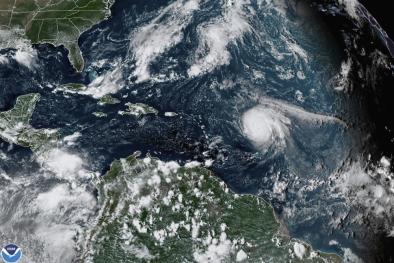Science Source
Human-caused Indo-Pacific warm pool expansion
- States that the Indo-Pacific warm pool (IPWP) has warmed and grown substantially during the past century
- States that the IPWP is Earth’s largest region of warm sea surface temperatures (SSTs), has the highest rainfall, and is fundamental to global atmospheric circulation and hydrological cycle
- States that the region has also experienced the world’s highest rates of sea-level rise in recent decades, indicating large increases in ocean heat content and leading to substantial impacts on small island states in the region
- Previous studies have considered mechanisms for the basin-scale ocean warming, but not the causes of the observed IPWP expansion, where expansion in the Indian Ocean has far exceeded that in the Pacific Ocean
- Identifies human and natural contributions to the observed IPWP changes since the 1950s by comparing observations with climate model simulations using an optimal fingerprinting technique
- Finds that the greenhouse gas forcing is the dominant cause of the observed increases in IPWP intensity and size, whereas natural fluctuations associated with the Pacific Decadal Oscillation have played a smaller yet significant role
- Shows that the shape and impact of human-induced IPWP growth could be asymmetric between the Indian and Pacific basins, the causes of which remain uncertain
- Concludes that human-induced changes in the IPWP have important implications for understanding and projecting related changes in monsoonal rainfall, and frequency or intensity of tropical storms, which have profound socioeconomic consequences
Related Content
Science Source
| Science of The Total Environment
A quantitative analysis of marine heatwaves in response to rising sea surface temperature
Headline

Mar 22, 2023 | Washington Post
Earth’s oceans are showing early and surprising record warming
Headline

May 25, 2022 | Climate Nexus Hot News
NOAA Forecast Busier Than Average Atlantic Hurricane Season For 7th Year In A Row
Science Source
| Advances in Atmospheric Sciences
Another Record: Ocean Warming Continues through 2021 despite La Niña Conditions
Lijing Cheng, John Abraham, Kevin E. Trenberth et al


